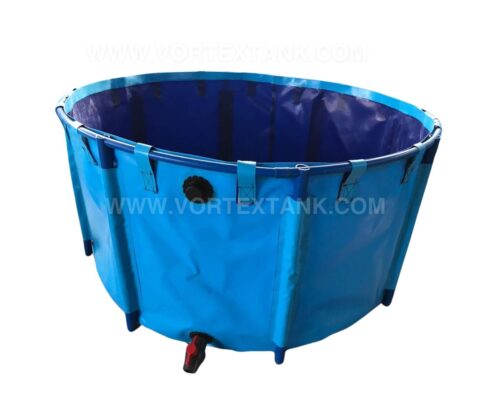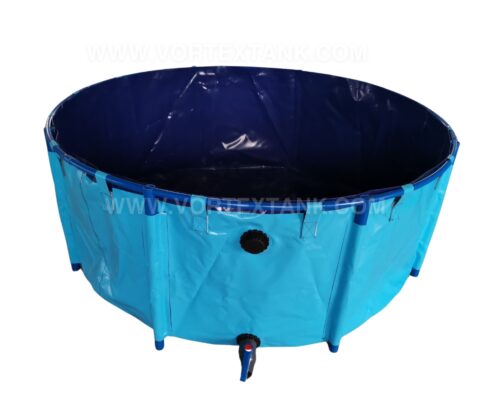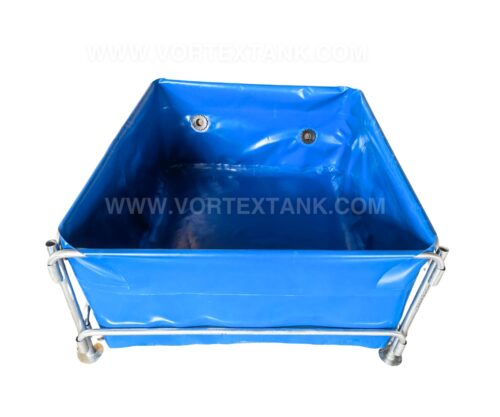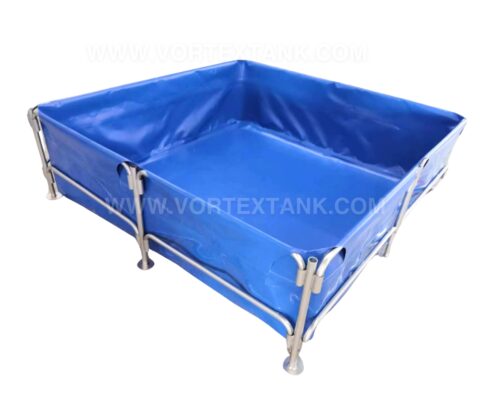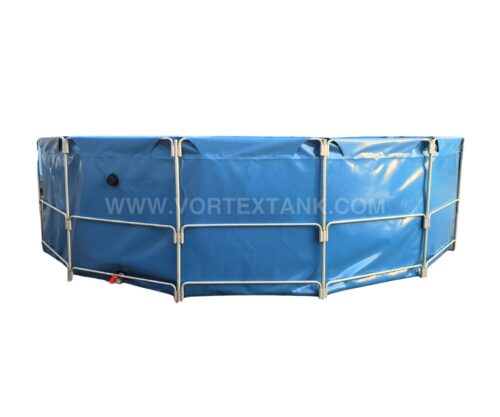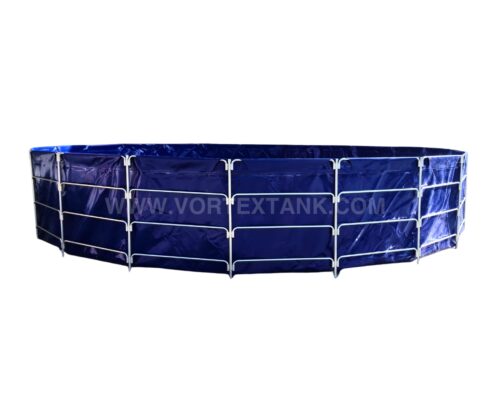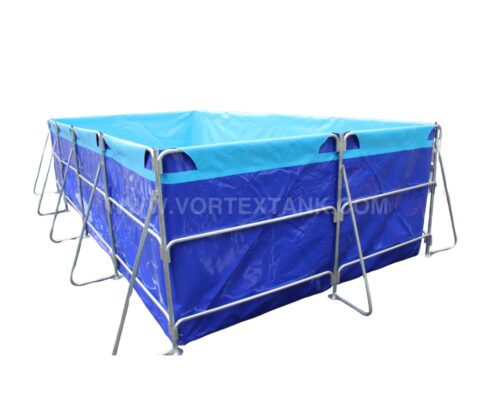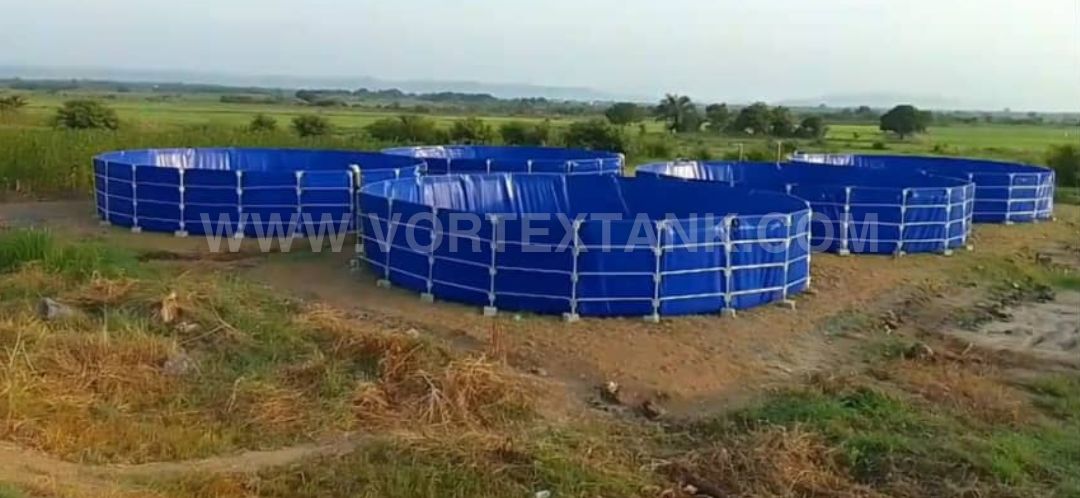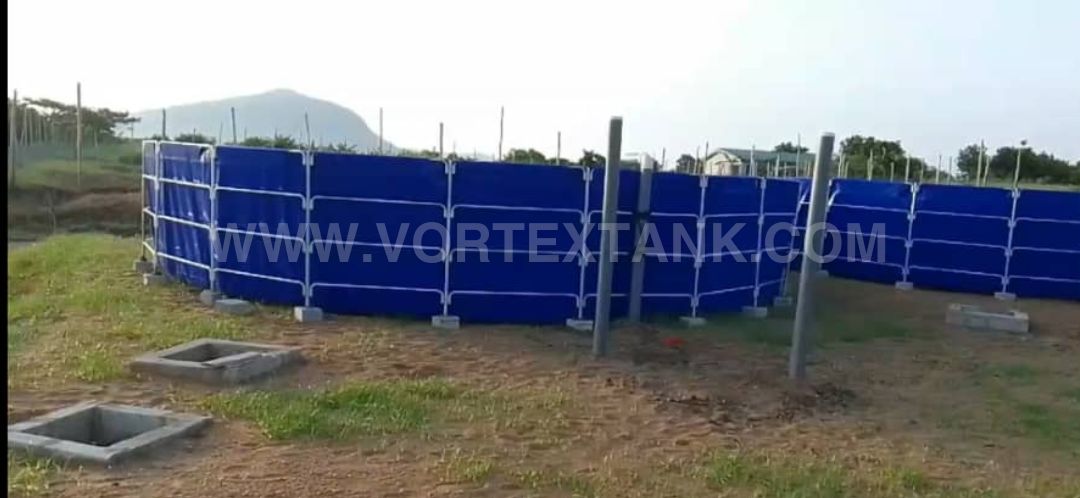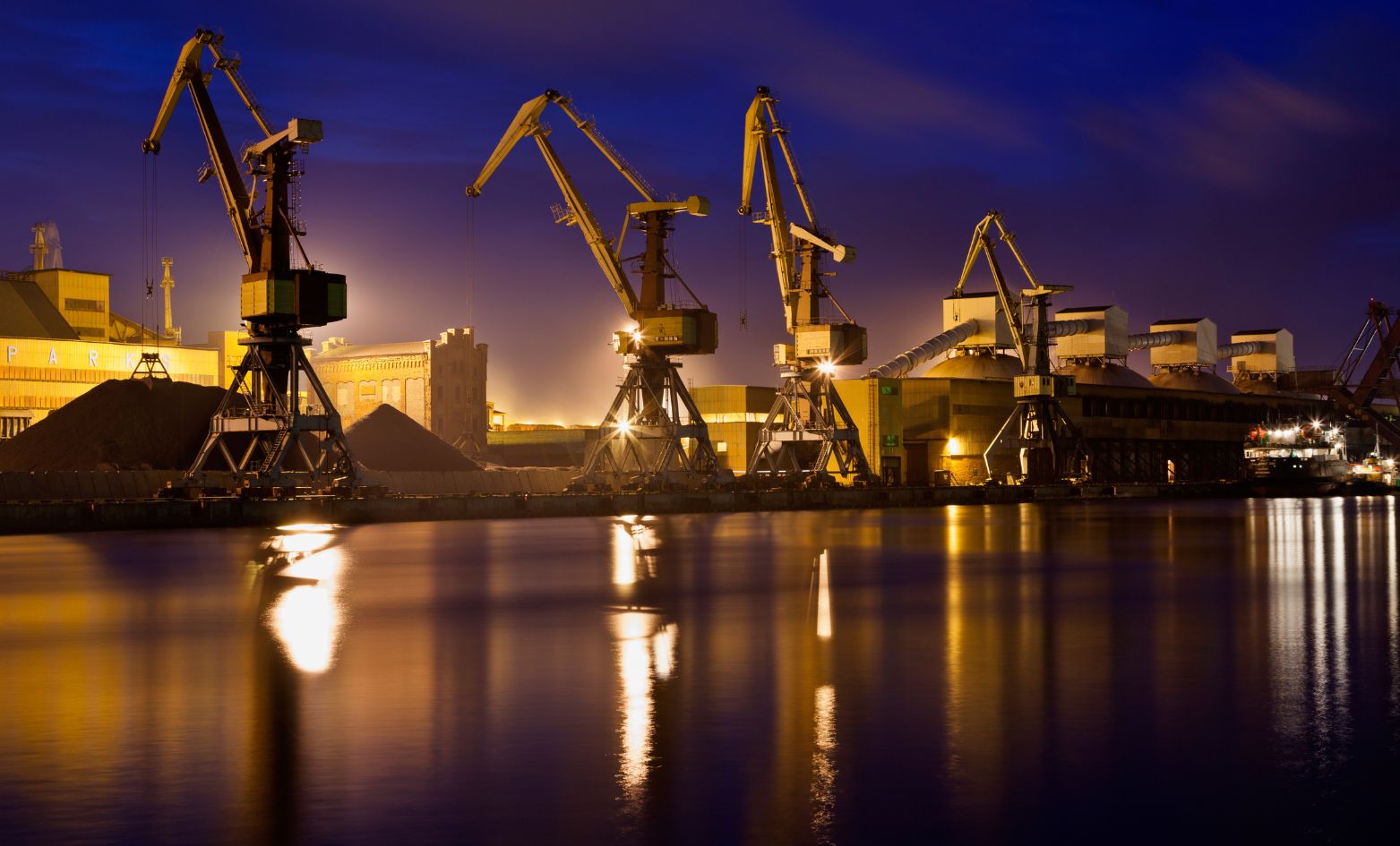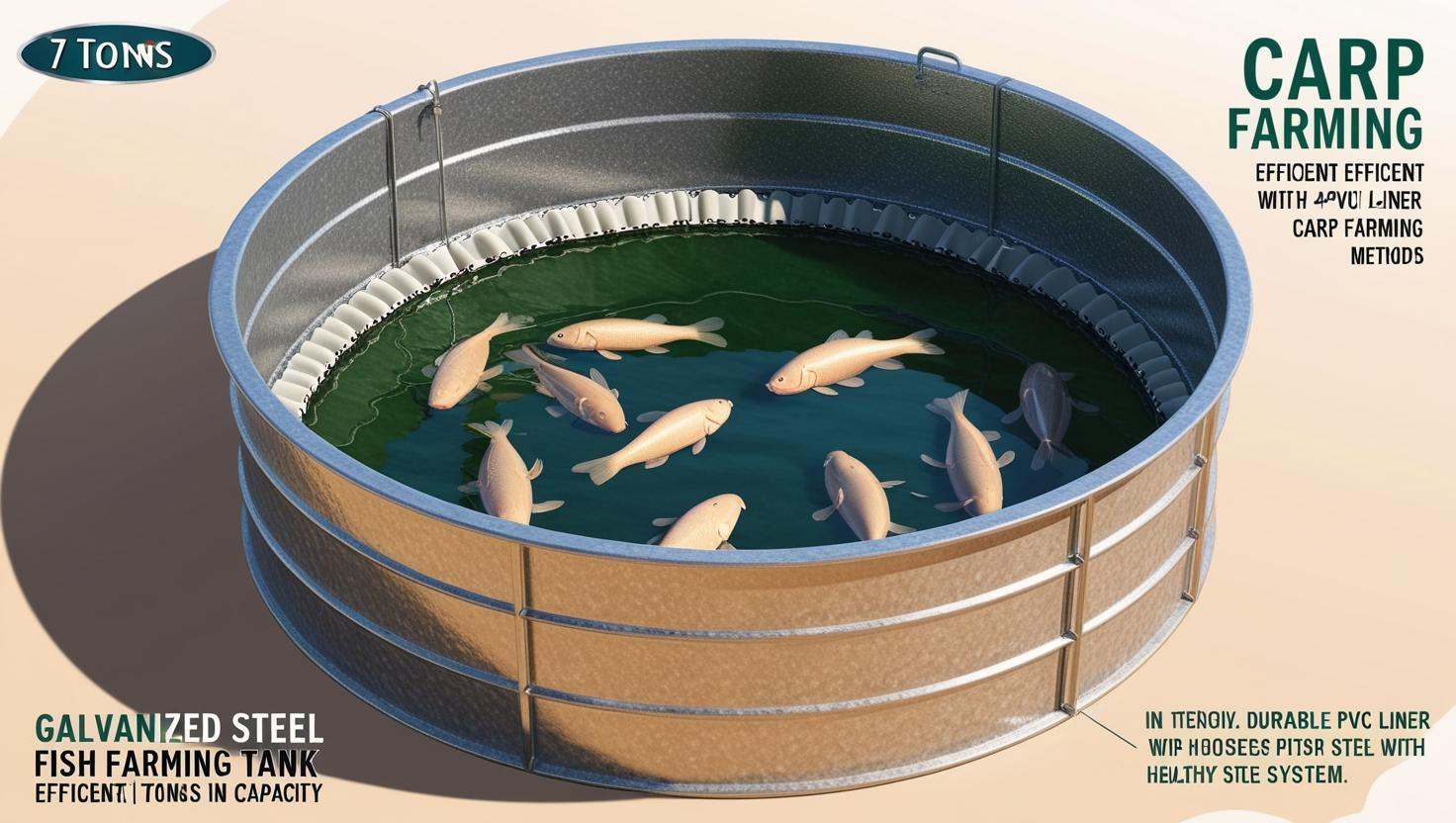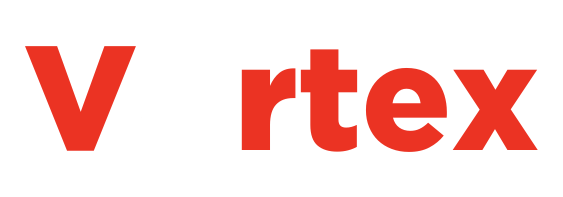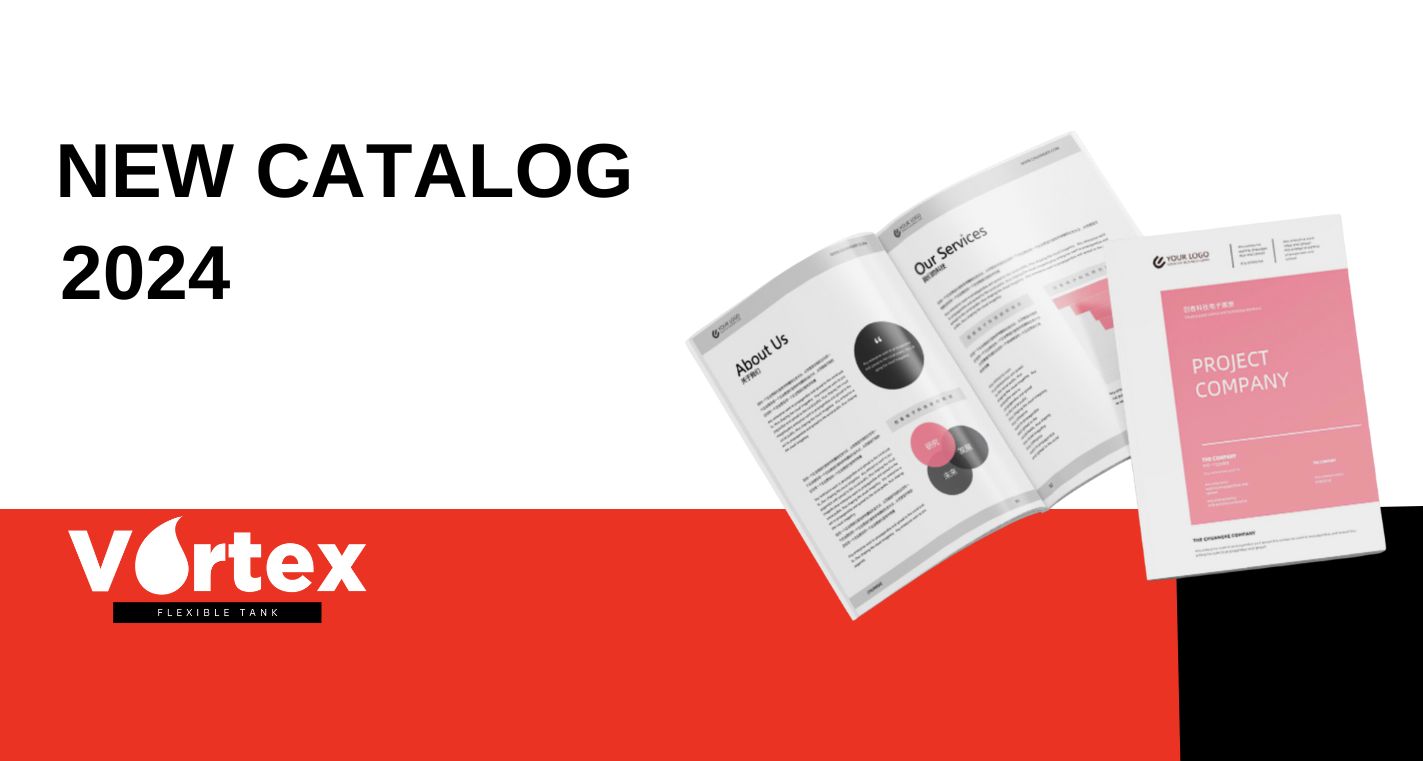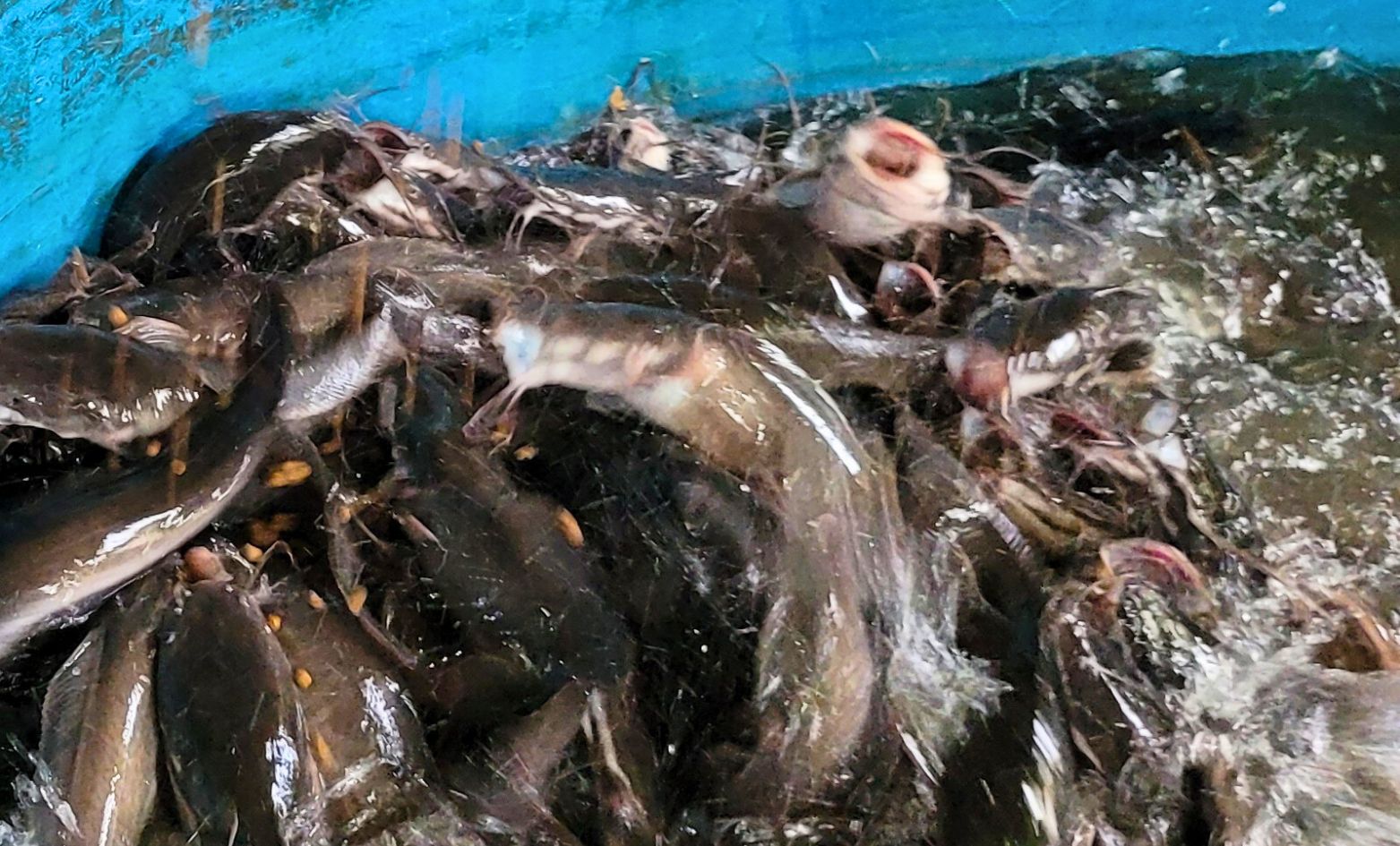
What is an Aquaculture Tank?
Aquaculture is revolutionizing the way we think about food production, offering a sustainable solution to feed our growing population. At the heart of this innovation lies the humble aquaculture tank. But what exactly is an aquaculture tank, and how can it contribute to more sustainable farming practices? In this comprehensive guide, we'll explore the fascinating world of aquaculture tanks, their types, components, benefits, and challenges.
Introduction to Aquaculture Tanks
Definition and Overview of Aquaculture Tanks
Aquaculture tanks are containers for growing fish, shellfish, and plants. These tanks are important for aquaculture. They provide a controlled environment for raising and harvesting aquatic species. They are made from strong materials that can withstand water and other environmental factors.
Aquaculture tanks come in different shapes and sizes. They are equipped with advanced systems to maintain water quality, temperature, and oxygen levels. This ensures optimal conditions for the growth and health of aquatic organisms.
Introduction to Aquaculture and Its Importance in Today's Food Production
Aquaculture, also known as fish farming, is the practice of cultivating aquatic organisms under controlled conditions. It has become an important part of global food production, providing a reliable source of protein and other essential nutrients. As wild fish stocks decline due to overfishing and environmental degradation, aquaculture offers a sustainable alternative to meet the growing demand for seafood.
In addition to helping to conserve natural fish populations, aquaculture contributes to local economies by providing employment opportunities and supporting rural communities. It also reduces pressure on wild fisheries, allowing ecosystems to recover and thrive.
Types of Aquaculture Tanks
Plastic Tube PVC Tanks
Plastic Tube
PVC plastic tubing tanks are widely used in aquaculture because of their affordability and versatility. These tanks are constructed of polyvinyl chloride (PVC) pipe, which is lightweight and easy to assemble. They can be customized to fit different sizes and shapes, making them suitable for different types of aquaculture.
Advantages and Disadvantages
One of the main advantages of PVC piped tanks is that they're cost effective. They are relatively inexpensive compared to other types of tanks, making them accessible to small farmers. In addition, they are resistant to corrosion and chemical damage, ensuring a longer service life.
However, PVC tanks have some drawbacks. They may not be as durable as other materials, and their light weight makes them susceptible to damage from external forces. Proper maintenance and careful handling are essential to maximize their longevity.
Galvanized Tube Fish Farming Tanks
Galvanized Tube
Galvanized tube aquaculture tanks are another popular option for aquaculture. These tanks are made from galvanized steel tubing, which is coated with a layer of zinc to prevent rust and corrosion. The sturdy construction of galvanized tubes ensures durability and stability, making them ideal for larger operations.
Pros and Cons
The primary advantage of galvanized pipe tanks is their strength and durability. They can withstand harsh environmental conditions and heavy loads, providing a reliable solution for fish farming. In addition, the zinc coating provides protection against rust and corrosion, extending the life of the tank.
On the downside, galvanized pipe tanks can be more expensive than PVC plastic pipe tanks. They also require regular maintenance to ensure the zinc coating remains intact and effective. Despite these challenges, their rugged construction makes them a valuable investment for serious aquaculture enthusiasts.
Galvanized Sheet Fish Farming Tanks
Galvanized Sheet
Galvanized sheet fish tanks are constructed from galvanized sheet steel and provide a solid and durable solution for aquaculture. These tanks are typically used in larger operations where strength and stability are critical. The sheets are coated with zinc to prevent rust and corrosion, ensuring a long lasting and reliable tank.
Characteristics and Applications
Galvanized steel tanks are known for their robustness and ability to withstand heavy loads. They are suitable for a variety of aquatic species, including fish and shellfish, and can be used both indoors and outdoors. Their sturdy construction makes them ideal for commercial operations that require large capacity tanks.
Components and Features of Aquaculture Tanks
Filtration Systems
Mechanical Filtration
Mechanical filtration is a critical component of aquaculture tanks. It involves the removal of solid waste and debris from the water, ensuring a clean and healthy environment for aquatic organisms. This type of filtration typically uses screens, filters, and settling basins to capture particles and prevent them from accumulating in the tank.
Biological Filtration
Biological filtration plays an important role in maintaining water quality in aquaculture tanks. This process uses beneficial bacteria to break down harmful substances such as ammonia and nitrite, converting them into less toxic compounds. Biological filtration systems often include biofilters, which provide a large surface area for bacteria to colonize and thrive.
Chemical Filtration
Chemical filtration uses chemical media to remove contaminants and toxins from water. Common chemical filtration methods include activated carbon, which absorbs organic compounds, and ion exchange resins, which remove harmful ions from the water. Chemical filtration helps maintain optimal water quality and promotes the health of aquatic organisms.
Aeration and Oxygenation Devices
Types and Functions
Aeration and oxygenation devices are essential for maintaining adequate oxygen levels in aquaculture tanks. These devices introduce air or oxygen into the water to ensure that aquatic organisms have access to the oxygen they need to breathe. Common types of aeration devices include air stones, diffusers, and aerators.
Importance for Fish Health
Proper aeration is critical to the health and well-being of fish and other aquatic life. Oxygenated water supports metabolic processes, growth, and overall vitality. Inadequate oxygen levels can lead to stress, disease, and even mortality. Therefore, maintaining proper aeration is essential for successful aquaculture operations.
Water Circulation Systems
How It Works
Water recirculation systems are designed to promote the movement of water in the tank, prevent stagnation, and ensure even distribution of nutrients and oxygen. These systems typically include pumps, pipes, and outlets that facilitate the flow of water throughout the tank.
Benefits for Water Quality
Effective water circulation is critical to maintaining optimal water quality in aquaculture tanks. It helps distribute oxygen, remove waste products, and prevent the buildup of contaminants. Proper circulation also promotes the health and growth of aquatic organisms by creating a dynamic and stable environment.
Heating and Cooling Systems (If Applicable)
To Maintain Optimal Temperature
Maintaining optimal temperature is essential for the health and growth of aquatic organisms. Heating and cooling systems are used to regulate the temperature of the water to keep it within the desired range. These systems include heaters, chillers, and thermostats.
Methods and Equipment
Various methods and equipment are available for heating and cooling aquaculture tanks. Submersible heaters, heat exchangers, and radiant panels are commonly used for heating, while chillers, cooling towers, and evaporative coolers are used for cooling. Proper temperature control is critical to the success of aquaculture operations.
Sizes and Capacity of Aquaculture Tanks
Small-Scale Tanks for Home
Examples and Capacities
Small-scale tanks are ideal for home aquaculture enthusiasts who want to raise aquatic species on a smaller scale. These tanks typically range from 100L to 5000L and are suitable for various fish and invertebrates. Examples include aquariums, tubs, and small ponds.
Suitability for Certain Species
Small-scale tanks are suitable for a variety of species, including ornamental fish, shrimp, and small-scale food fish. They provide a manageable and cost-effective way to explore aquaculture and gain experience in raising aquatic organisms.
Medium-Sized Tanks for Commercial Operations
Common Dimensions and Volumes
Medium size tanks are commonly used in commercial aquaculture operations. These tanks range from 5000L to 50,000L and can accommodate larger numbers of fish and other aquatic species. Common dimensions include circular, rectangular and oval shapes.
Production Capabilities
Medium size tanks offer increased production capabilities compared to small tanks. They are suitable for growing food fish, shellfish, and other commercially valuable species. These tanks provide a balance of scalability and manageability, making them ideal for small to medium sized operations.
Large-Scale Industrial Tanks
Huge Capacities and Applications
Large industrial tanks are designed for large-scale aquaculture operations. These tanks can hold tens of thousands of gallons of water and are used for high-volume production of fish and other aquatic species. They are typically constructed of durable materials such as concrete, fiberglass, or galvanized steel.
Large tanks provide significant production capacity, making them suitable for industrial-scale fish farming and other commercial aquaculture operations. Their size and capacity allow for efficient management and high yields.
Maintenance and Management of Aquaculture Tanks
Regular Cleaning and Disinfection
Procedures and Frequency
Regular cleaning and disinfection are essential to maintaining the health and hygiene of aquaculture tanks. Cleaning removes debris, waste and uneaten food from the tank, while disinfection targets harmful pathogens and prevents disease outbreaks. The frequency of cleaning and disinfection depends on stocking density, species and tank conditions.
Importance in Disease Prevention
Proper cleaning and disinfection help prevent the spread of disease and maintain a healthy environment for aquatic organisms. Neglecting these practices can lead to the buildup of harmful pathogens, which can jeopardize the health and well-being of the species being cultured.
Monitoring Water Quality Parameters
pH, temperature, ammonia, nitrate, etc.
Monitoring water quality parameters is critical to the success of aquaculture operations. Key parameters include pH, temperature, ammonia, nitrate, nitrite, dissolved oxygen and salinity. These parameters must be measured regularly and maintained within optimal ranges to ensure the health and growth of aquatic organisms.
Measurement Tools and Methods
Several tools and methods are available for measuring water quality parameters. These include pH meters, thermometers, ammonia test kits, nitrate test kits, dissolved oxygen meters, and refractometers. Regular monitoring and adjustment of these parameters is essential for maintaining a stable and healthy environment in aquaculture tanks.
Feeding Schedules and Practices
Feed Types and Amounts
Proper nutrition is essential for the growth and development of aquatic organisms. Different species have different nutritional requirements, and it is important to provide the appropriate types and amounts of feed. Common feed types include pellets, flakes, live foods, and frozen foods.
Frequency and Considerations
Feeding frequency and practices depend on the species, age, and size of the organisms being cultured. Overfeeding can lead to water quality problems, while underfeeding can result in poor growth and health. It is important to establish a feeding schedule that meets the nutritional needs of the species and maintains water quality.
Disease Prevention and Control
Vaccinations and Treatments
Disease prevention and control are important aspects of aquaculture management. Vaccinations and treatments help protect aquatic organisms from various diseases and infections. Vaccines are available for specific pathogens, while treatments include drugs, antibiotics and probiotics.
Quarantine Procedures
Quarantine procedures are essential to prevent the introduction and spread of disease in aquaculture systems. New stock should be quarantined for a period of time before being introduced into the main tank. This ensures that any potential pathogens are identified and treated before they can affect the existing population.
Benefits and Challenges of Using Aquaculture Tanks
Benefits
Controlled Environment for Optimal Growth
Aquaculture tanks provide a controlled environment that allows precise regulation of water quality, temperature and other parameters. This control allows for optimal growth and health of aquatic organisms, resulting in higher yields and better quality products.
Increased production efficiency
The use of aquaculture tanks can significantly increase production efficiency. The controlled environment reduces mortality and minimizes the impact of external factors such as weather and predators. This efficiency translates into higher profits and a more sustainable operation.
Reduced environmental impact
Aquaculture tanks provide a more sustainable alternative to traditional fishing methods. They reduce pressure on wild fish stocks and minimize the environmental impact of aquaculture operations. By managing waste and water quality, aquaculture tanks contribute to cleaner and healthier ecosystems.
Challenges
Initial Investment Costs
One of the main challenges of using aquaculture tanks is the initial investment cost. High-quality tanks, filtration systems and other equipment can be expensive, making it a significant financial commitment for farmers. However, the long-term benefits and increased production efficiency can offset these costs.
Technical Expertise Required
Successful aquaculture operations require technical expertise in areas such as water quality management, disease prevention, and system maintenance. Farmers must be knowledgeable and skilled in these areas to ensure the health and productivity of their aquaculture tanks.
Energy Consumption and Operating Costs
Aquaculture tanks and their associated systems, such as filtration and aeration equipment, require a continuous supply of electricity. This can result in high energy consumption and operating costs. Farmers need to consider these costs when planning and managing their aquaculture operations.
Vortextank Aquaculture Tanks
Vortextank offers a range of aquaculture tanks designed for optimal performance and durability. These tanks are constructed of high quality materials and equipped with advanced filtration and aeration systems. Vortexank's innovative design ensures efficient water circulation and superior water quality, promoting the health and growth of aquatic organisms.
Conclusion
Aquaculture tanks play a critical role in modern food production, providing a sustainable and efficient method of raising aquatic organisms. From small home setups to large industrial operations, aquaculture tanks provide a controlled environment for optimal growth and higher yields.
While there are challenges associated with using aquaculture tanks, such as initial investment costs and technical expertise, the benefits far outweigh these obstacles. By using aquaculture tanks, farmers can contribute to sustainable food production, reduce environmental impact and support local economies.
As the demand for seafood continues to grow, the importance of aquaculture tanks in meeting that demand cannot be overstated. By staying abreast of the latest trends and developments in tank-based aquaculture, farmers and enthusiasts can ensure the success and sustainability of their operations.
For those interested in exploring the world of aquaculture tanks further, consider reaching out to industry experts and joining online communities to share knowledge and experiences. Together, we can build a more sustainable future through innovative aquaculture practices.

